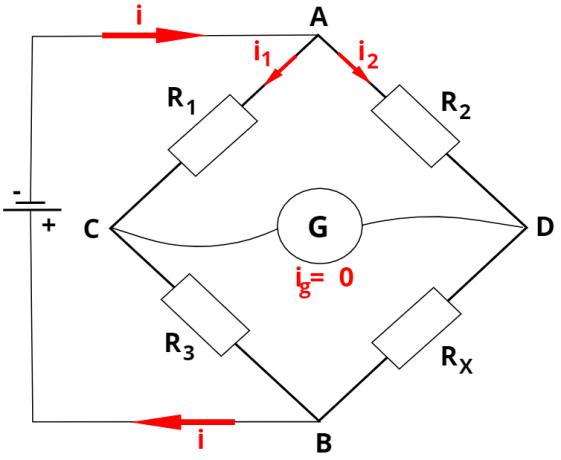As we study the part of physics called thermology, we see that the temperature of a body is related to the agitation of its molecules. Thus, we can say that if there is an increase in temperature, there is also an increase in the thermal agitation of the body's molecules. Generally, the increase in the agitation of the molecules causes an increase in the average distance between them, thus causing a dilation of the body.
Therefore, we can say that when we increase the temperature of a body, we are contributing to a dilation of that body, and basically this dilation occurs in three ways: dilation linear, surface dilation and volumetric dilationThe. In this article, our object of study is the volumetric dilation of a body. In this type of expansion, we can say that the body varies in size in all dimensions (length, width and height), as shown in the figure above.
Do not stop now... There's more after the advertising ;)
Let's consider a volume body V0 the temperature T0 and volume V the temperature
T. The variation in volume (ΔV) and the temperature variation (ΔT) are defined as follows:ΔV = V - V0 and ΔT = T - T0
Experimentally, we obtain that, for the variation in volume, a formula similar to those for variation in length and variation in area applies:
?V= γ .V0 .?T or V=V0 (1+ γ.?T)
Where the proportionality constant γ is the volumetric expansion coefficient, which depends on the material and is given by:
γ=3α
Remembering that α is the coefficient of linear expansion.
By Domitiano Marques
Graduated in Physics
Brazil School Team
Would you like to reference this text in a school or academic work? Look:
SILVA, Domitiano Correa Marques da. "Volumetric Dilation"; Brazil School. Available in: https://brasilescola.uol.com.br/fisica/dilatacao-volumetrica.htm. Accessed on June 27, 2021.



